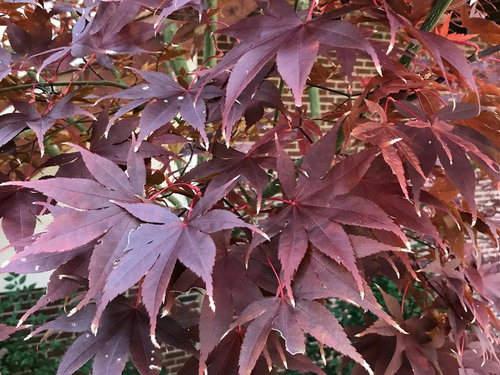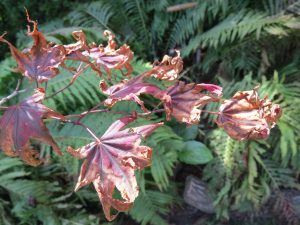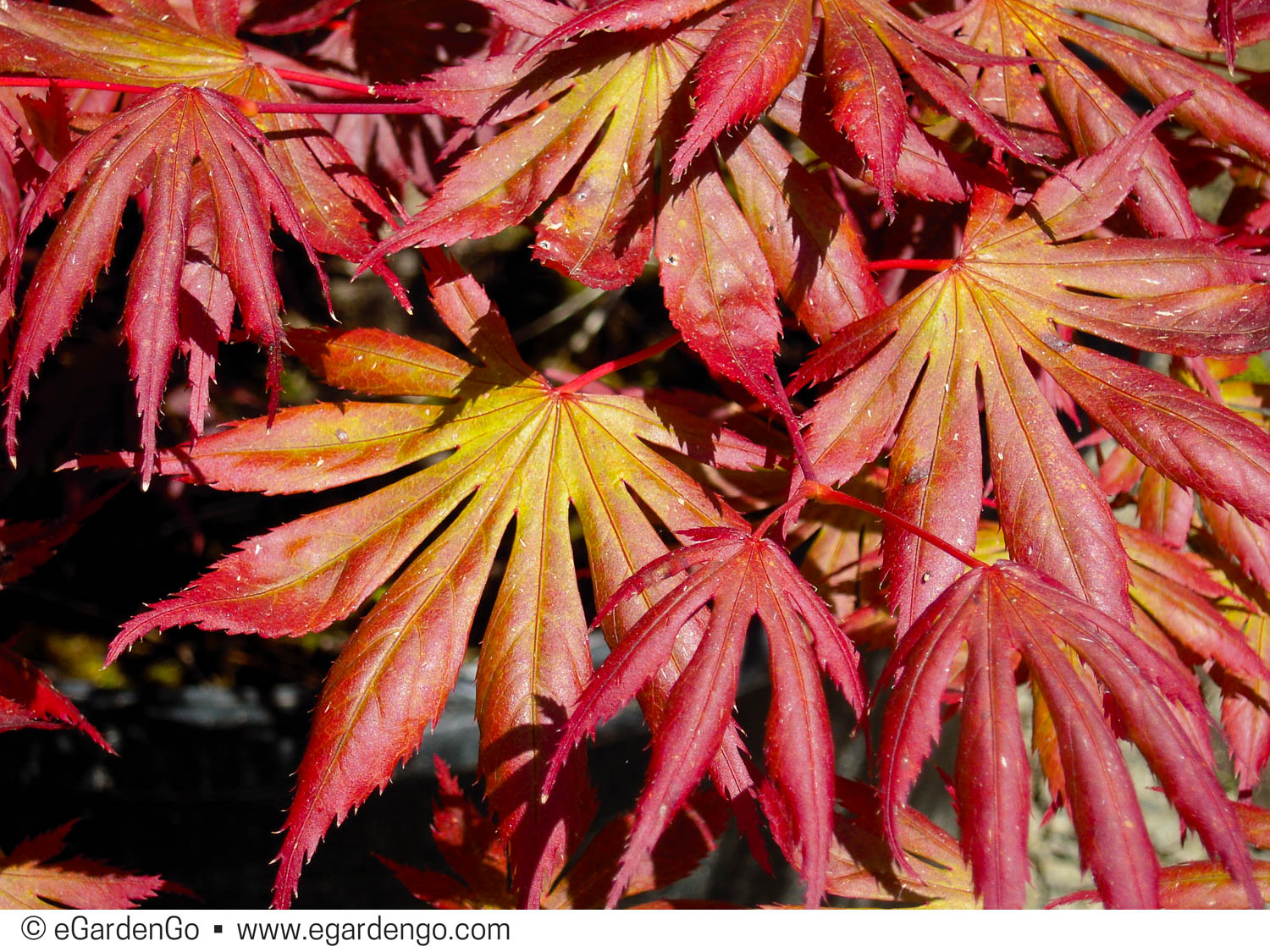
This is a handsome shade tree, the foliage becoming various shades of yellow, orange, and red in the fall. Michigan’s maple syrup production is the fifth highest in the nation. Production of maple syrup and sugar from the sap has been important since before Europeans invaded the region, and indeed maple sugar was a major article of trade among the Native Americans. Conditions such as drought, high temperature, winds, and improper watering will allow the. Hard maple is a major timber tree in Michigan, the most important hardwood, for durable uses such as flooring, mallets and handles, and chopping blocks, as well as furniture and veneer. This is not caused by disease or insects, but by the environment. It thrives on a diversity of soils, including stabilized (forested) dunes receiving moisture-laden winds off the Great Lakes, but rarely in swamps. As the best way to fix Japanese maple leaf scorch may vary depending on the severity of the problem and the cause of the scorch. While we don’t endorse any nurseries, the ones listed below have good photos and descriptions of many of the different Japanese maples available in the U.S.This is the maple of “beech-maple” forests, where it is also often associated with hemlock, yellow birch (northward), basswood, ironwood, and other species (beech is absent from the western Upper Peninsula) it is also a component of diverse mixed hardwood forests, especially in the southern part of the state. This occurs when the tree loses water from its leaves faster than it can absorb it from the. With so many to choose from, most gardeners can find just the right ones. Brown leaf edges on maples and other trees are symptoms of scorch. When selecting Japanese maples the home gardener should choose cultivars that are the size and shape for their landscape and that grow well in their climate. They are at home in containers and are adaptable as bonsai.īecause of their graceful shapes and delicate leaves, Japanese maples make an artistic and elegant statement in any home garden. Their relatively small size makes them ideal as specimens or accent plants. Japanese maples have many uses in the home landscape. Versicolor has leaves with pink, white, and pale green variations.Waterfall has graceful, deeply dissected leaves that give the effect of a waterfall.Sherwood Fame has deeply indented red leaves.Its large light green leaves turn bright red in autumn. Ozakazuki is one of the best Japanese maples for fall color.Some varieties will thrive in zone 4 as well. It could be due to environmental causes, wind damage.
#Japanese maple leaf scorch full#
Rubrum has large deep red leaves that turn green as they reach full size. In gardens Japanese Maples are hardy form zone 5 to zone 8, with some being hardy into zone 9. There are several reasons why a Japanese Maple leaf would be dry and curled.♻loodgood has an upright form with deeply indented purplish-red leaves that deepen in fall. Of the many cultivars, following are some of the most popular:

Your local extension service or nursery can recommend the best Japanese maples for your location.ĭepending on the cultivar, the best way to propagate Japanese maples is with softwood cuttings or by grafting. Growing trees that are known to thrive in your climate and conditions and attending to their needs are excellent ways to reduce insect and disease problems. Japanese beetles, scale, and aphids may attack Japanese maples.ĭifferent Japanese maples have different growing requirements and varying vulnerabilities. They tend to have small leaves, short internodes and profuse branching. Newly planted trees and trees with limited growing space are particularly vulnerable to leaf scorch. Dwarf Japanese maples are slow-growing, compact trees that grow to about 3 to 8 feet in height, depending on the cultivar. We are continually asked how big different varieties of Japanese Maples will grow. Some afternoon shade helps to prevent this as does adequate water supply during dry spells. Leaf scorch, caused by draught, leaves brown margins on the leaves. Remember that all Japanese Maples can suffer from leaf scorch when summer temperatures approach 100 degrees. Japanese maples are susceptible to anthracnose, especially in rainy weather. Depending on the climate and the variety, the tree may benefit from some shade and wind protection to keep the leaves from scorching or drying out.Ī light annual pruning will help maintain the tree’s size, shape, and general vigor. Plant Japanese maples in moist, well-drained garden soil enriched with organic matter. The many different cultivars available through nurseries and garden centers range from six-foot bushes to fifty-foot trees.

In the landscape it is grown as a small, single stemmed tree or a large, multi-stemmed shrub.

The typical Japanese maple (Acer palmatum) grows fifteen-to-twenty-five feet high, with an equal or greater spread.


 0 kommentar(er)
0 kommentar(er)
